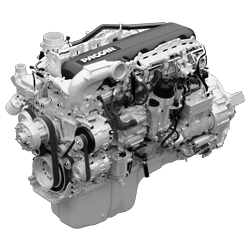B14E0 Engine Trouble Code
Meaning of B14E0 engine trouble code is a kind of body trouble code and B14E0 code can be about replacing a broken oxygen sensor can eventually lead to a busted catalytic convertor which can cost upwards of $2,200. Taking your car into a shop will cost you around $210 depending on the car. However, an oxygen sensor is easy to replace on many cars and is usually detailed in the owner's manual. If you know where the sensor is, you only have to unclip the old sensor and replace it with a new one. Regardless of how you approach it, you should get this fixed right away.
B14E0 Fault Symptoms :
|
If one of these reasons for B14E0 code is occuring now you should check B14E0 repair processes.
Now don't ask yourself; What should you do with B14E0 code ? The solution is here : |
B14E0 Possible Solution:

|
Gasoline engines use spark plugs to cause an explosion of fuel within the cylinder. In a properly timed engine, this explosion occurs at the proper moment to send the piston to the bottom of the cylinder and provide power to the drive shaft. If the plug wires are out of sequence, the explosion occurs at the wrong time. The improper timing of the explosion sometimes pushes the cylinder the wrong direction or interferes with the turning of the crank. As a result, the engine stutters or backfires, if it runs at all. |
B14E0 Code Meaning :
| B | 1 | 4 | e | 0 |
|---|---|---|---|---|
| OBD-II Diagnostic Body (B) Trouble Code For Engine | Fuel And Air Metering | O2 Sensor Heater Circuit Malfunction | Shift Solenoid E Performance or Stuck Off |
Regarding the B14E0 code, it would probably be worthwhile to carefully inspect the wire harness near the intake manifold bracket. This is done most easily from below the car in the area near the oil filter.
B14E0 OBD-II Diagnostic Body (B) Trouble Code DescriptionB14E0 engine trouble code is about Shift Solenoid E Performance or Stuck Off.Main reason For B14E0 CodeThe reason of B14E0 OBD-II Engine Trouble Code is O2 Sensor Heater Circuit Malfunction. |
B14E0 DTC reports a sensor fault, replacement of the sensor is unlikely to resolve the underlying problem. The fault is most likely to be caused by the systems that the sensor is monitoring, but might even be caused by the wiring to the sensor itself.

